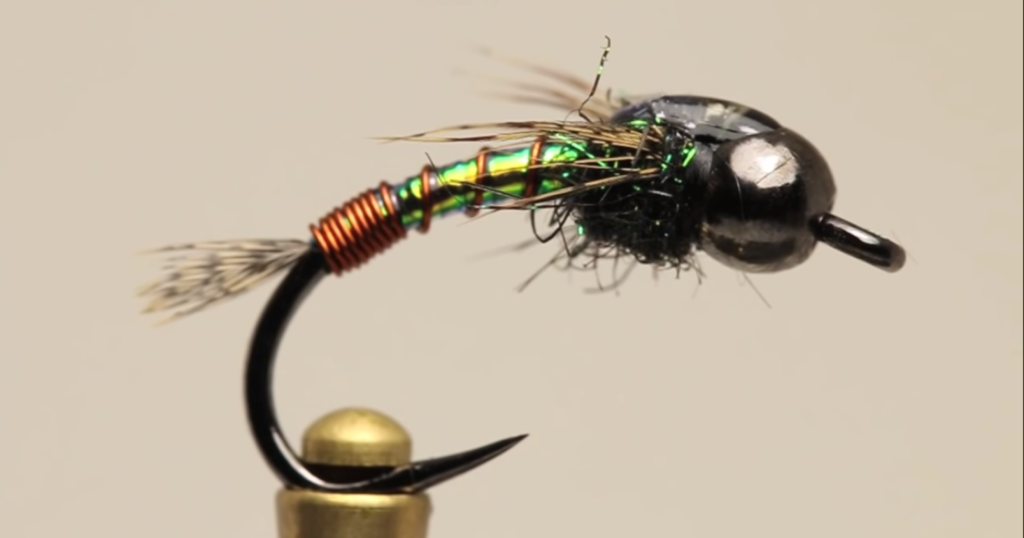Dry-Fly Fishing Course
- 6 Hours, 45 Minutes
- 9 Units | 70 Lessons | 38 Chapters
- 36 Videos
- Coldwater
- Trout
Dry-Fly Fishing Course

9 Units | 70 Lessons | 38 Chapters
Course Description
Dry-fly fishing is the most iconic and visually thrilling way to catch trout. Watching a fish rise to take your fly off the surface is an experience that never gets old. However, it’s also one of the most technical and challenging styles of fly fishing. This course will teach you everything you need to master dry-fly fishing, from choosing the right fly to executing the perfect presentation. Whether you’re just getting started or looking to refine your skills, this course will help you approach rising fish with confidence and success.
What You’ll Learn:
- Understanding Hatches & Fly Selection: Learn how to identify what trout are feeding on and choose the right dry fly to match.
- Perfecting Your Presentation: Master casting techniques, drift control, and mending strategies to deliver a natural-looking fly.
- Reading Water for Rising Fish: Recognize where trout are most likely to rise and how to approach them without spooking them.
- Advanced Dry-Fly Techniques: Learn how to fish tricky currents, handle selective trout, and adapt to different conditions.
- Gear & Leader Setup: Optimize your rod, reel, leader, and tippet for dry-fly success.
Why Take This Course?
- Improve Your Success Rate: Dry-fly fishing is challenging, but with the right skills, you’ll convert more rises into hookups.
- Experience the Magic of the Rise: There’s nothing quite like watching a trout sip your fly from the surface—this course will help you make it happen more often.
- Designed for All Skill Levels: Whether you’re a beginner or an experienced angler, this course provides insights that will take your dry-fly game to the next level.
By the end of this course, you’ll have the knowledge and confidence to successfully fish dry flies in a variety of conditions, making every outing on the water more exciting and rewarding.
Course Contributors
Unit 1
Introduction
6 Lessons
- What is Dry Fly Fishing?
- Why Dry Fly Fishing is So Cool
- The Right Attitude for Dry Fly Fishing
- Three Dry Fly Myths Debunked
- Limitations to Dry Fly Fishing
- Types of Dry Fly Fisherman
Unit 2
Essential Gear
12 Lessons
- Introduction
- Dry Fly Rods
- Chapter – Graphite, Cane and Fiberglass Rods
- Chapter – Choosing the Right Rod
- Dry Fly Reels
- Fly Lines
- Chapter – Line Weight/Grain Weight
- Chapter – Tapers
- Leaders and Tippets
- Chapter – Hand Tied vs Extruded Leaders
- Chapter – George Harvey-Style Leaders
- Chapter – Gary Borger Leader
- Chapter – Choosing Your Tippet
- Dry Fly Apparel
- Fly Storage
- Storage Systems
- Landing Nets
- Floatant
- Other Accessories
- Conclusion
Unit 3
Dry Fly Entomology
9 Lessons
- Introduction
- Life Stages of Aquatic Insects
- Mayflies
- Chapter – Mayfly Nymphs
- Chapter – Mayfly Emergers
- Chapter – Mayfly Duns
- Chapter – Mayfly Spinners
- Caddis
- Chapter – Caddis Nymphs and Pupa
- Chapter – Caddis Adults
- Stoneflies
- Midges
- Damsel and Dragonflies
- Terrestrials
- Conclusion
Unit 4
Hatches and How to Match Them
8 Lessons
- Introduction
- What is a Hatch?
- Matching the Hatch
- Reading Hatch Charts
- Timing a Hatch
- Chasing a Hatch
- Sampling for Insects
- Fish The Hatch You Have
Unit 5
Types of Dry Fly Rivers
4 Lessons
- Introduction
- Freestone Rivers
- Spring Creeks
- Tailwaters
Unit 6
Presentation
10 Lessons
- Introduction
- The Perfect Drift
- Drag
- Chapter – Seems
- What is Slack
- Line Management
- Chapter – Rod Position
- Chapter – Taking in and Feeding Out Line
- Basic Mending
- Chapter – When to Mend
- Chapter – Stack Mending
- Presentation Angles
- Chapter – Upstream Presentations
- Chapter – Downstream Presentations
- Casts for Obstructions & Limitations
- Stealth
- Aerial Mends & Slack Line Casts
- Chapter – Reach Cast
- Chapter – Wiggle Cast
- Chapter – Parachute Cast
- Chapter – Pile Cast
- Chapter – Underpowered Curve Cast
- Chapter – Overpowered Curve Cast
Unit 7
Prospecting
6 Lessons
- Why Prospect?
- Introduction
- Why Trout Eat Opportunistically
- What Makes a Good Prospecting Fly
- How the Prospecting Angler Learns the Water
- Chapter – Where to Prospect
- Chapter – Spots
- Chapter – Areas
- Tips for Prospecting
Unit 8
Targeting Riseforms
6 Lessons
- Introduction
- Spotting Riseforms
- How a Dry Fly Angler Learns Water
- Chapter – Understanding Rise Forms
- Examples & Tips
- Working on Rising Fish
- Chapter – Where to Cast
- Chapter – When a Fish Won’t Eat
- Chapter – Tricks to Stay Sane
- Chapter – Final Thoughts
- Chapter – Special Situations
- Why Target Riseforms Exclusively
Unit 9
Pre-Trip Planning
9 Lessons
- Introduction
- What Your Plan Should Include
- Where to Fish
- Choosing a Stretch of River
- Timing Your Trip
- Scheduling Your Day
- Getting A Fly Box Together
- Chapter – A Working Fly Box
- Chapter – Travel Fly Tying Kit
- Research Tools
- Air and Water Conditions
Frequently Asked Questions
Question : I already have experience with dry fly fishing. Will this course still be useful to me?
Yes! This course is designed with intermediate and advanced anglers in mind. If you’re comfortable fishing dry flies but want to improve your consistency, success on selective trout, or ability to handle complex water conditions, this course will refine your approach. We cover advanced presentation strategies, problem-solving for tough hatches, and techniques for fooling wary fish—insights that can take your dry fly game to the next level.
Question : How is this course different from just learning on the water?
Experience is invaluable, but many dry fly anglers hit plateaus in their success because they’re missing key adjustments that could transform their results. This course fast-tracks your learning by providing a structured, expert-driven approach to fly selection, drift control, and solving selective trout. Instead of years of trial and error, you’ll get proven techniques that you can apply immediately.
Question : Will this course help me catch more fish during difficult hatches?
Absolutely. Many anglers struggle with technical hatches, whether it’s small mayflies, caddis refusals, or trout feeding in unpredictable ways. This course teaches you how to recognize feeding behaviors, adjust your presentations, and make subtle changes to fly selection and drift—giving you an edge when the fishing gets tough.
Question : Is this course just for fishing major hatches, or does it apply to all dry fly situations?
While we cover hatch-specific tactics in detail, this course also focuses on how to successfully fish dries outside of peak hatches. You’ll learn how to use attractor patterns, terrestrials, and searching tactics to find fish willing to rise—even when there’s no obvious hatch happening.
Related Courses

Practical Entomology for Fly Fishers Course
Course Overview
Understanding what trout eat and when is the key to consistently catching more fish. While fly fishing entomology might seem complex, you don’t need a biology degree to use it effectively. This...
Contributors
View Outline >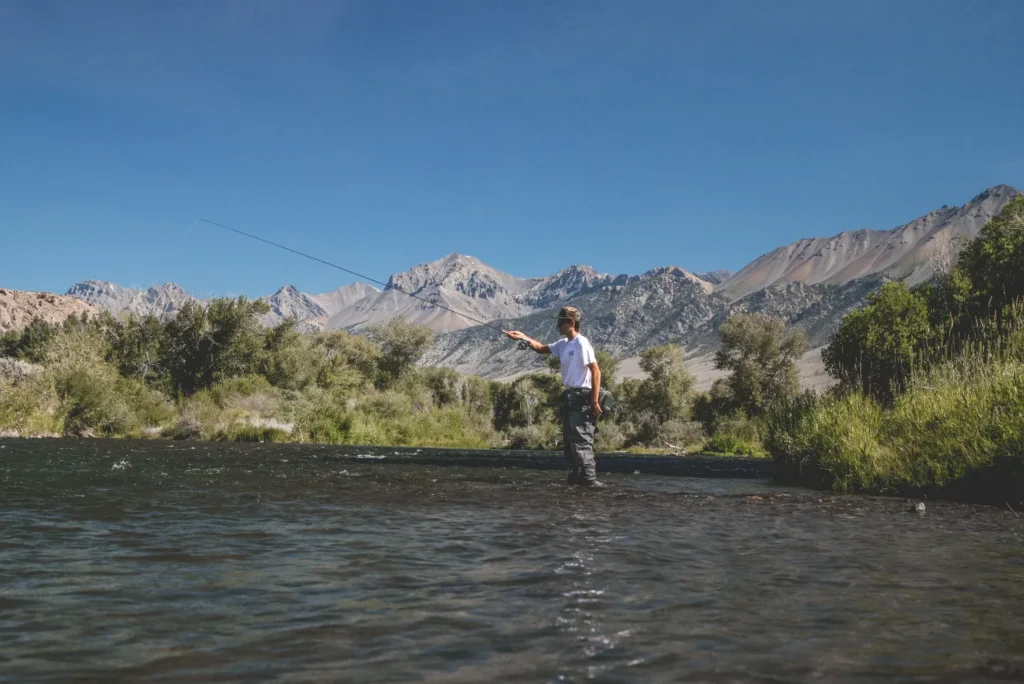
Euro Nymphing Course
Course Overview
What if you could catch more trout, more consistently than ever before? Euro nymphing is one of the most effective fly fishing techniques ever developed, and it’s no longer just for competition...
Contributors
View Outline >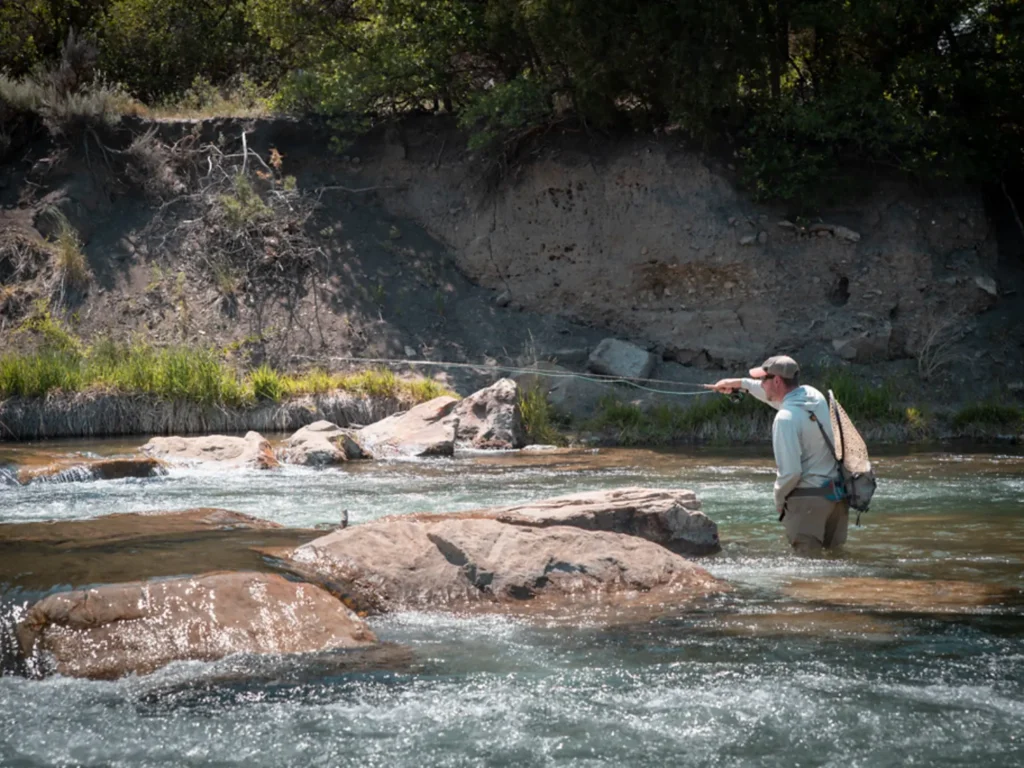
Classic Nymphing Course
Course Overview
Nymphing is the most effective way to catch trout, and this course will teach you everything you need to master it. Whether you’re a beginner looking to understand the fundamentals or an...
Contributors
View Outline >Become a Member
Sign up today and become a member to access all of our expert courses, fly tying library of over 550+ patterns and Q&A from expert anglers around the world.
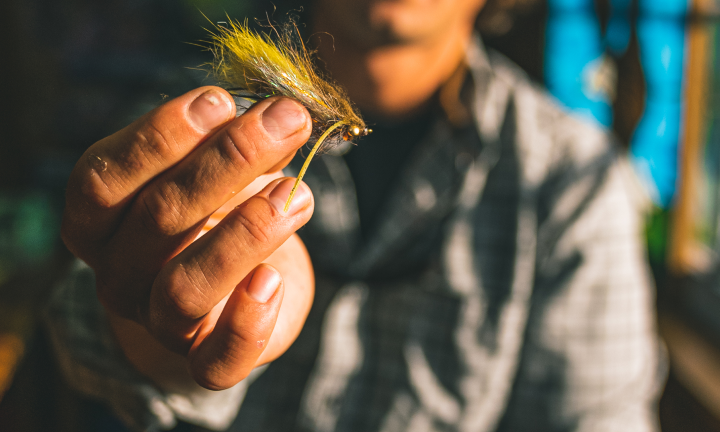
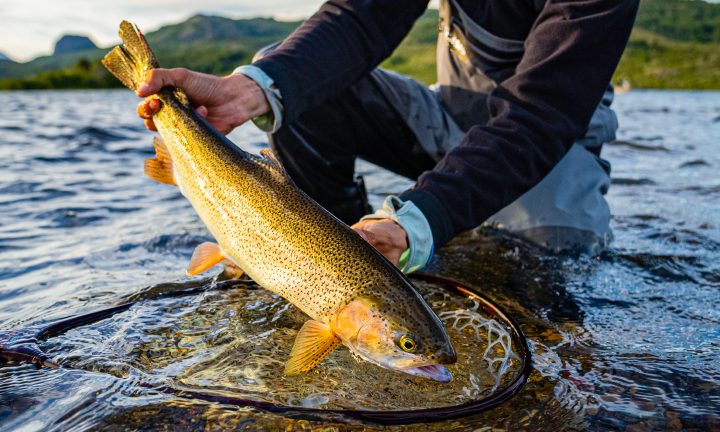
Become a Member
Sign up today to access our library of fly fishing courses, fly tying patterns and expert advice.

